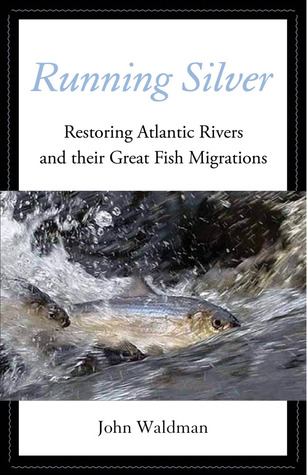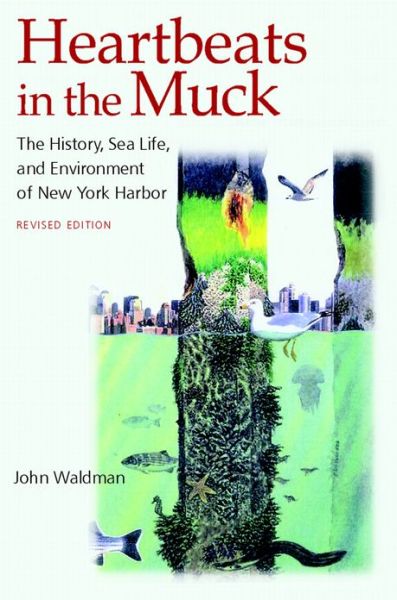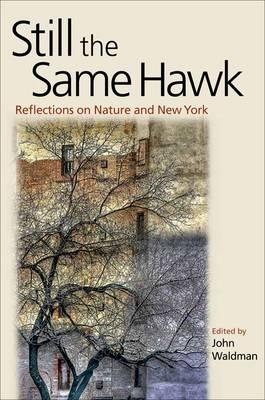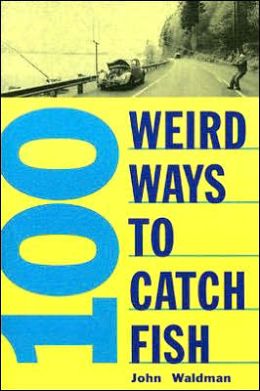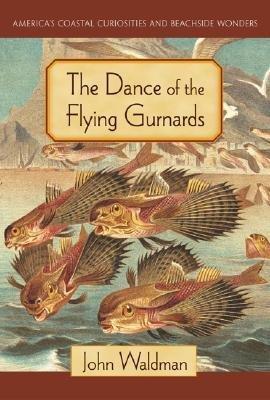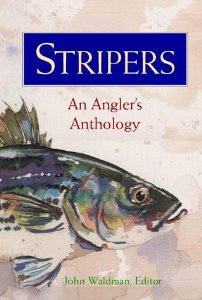Popular Books
Running Silver: Restoring Atlantic Rivers and their Great Fish Migrations
That one could “walk drishod on the backs” of schools of salmon, shad, and other fishes moving up Atlantic coast rivers was a not uncommon kind of description of their migratory runs during early Colonial times. Accounts tell of awe-inspiring numbers of spawners pushing their way upriver, the waters “running silver,” to complete life cycles that once replenished marine fisheries along the Eastern Seaboard. Over the centuries these stocks were so stressed that virtually all are now severely depressed, with many extinct and some simply forgotten. Running Silver tells the story of the past, present and future of these sea-river fish through research, historical accounts, personal anecdotes, interviews, and images. Running Silver details the enormous legacy that has already been lost and try to inspire efforts to save what remains.
Heartbeats in the Muck: The History, Sea Life, and Environment of New York Harbor
(Lyons Press, 1999; Revised Edition Fordham Press, 2013)Heartbeats in the Muck traces the incredible arc of New York Harbor's environmental history. Once a pristine estuary bristling with oysters and striped bass and visited by sharks, porpoises, and seals, the harbor has been marked by centuries of rampant industrialization and degradation of its natural environment. Garbage dumping, oil spills, sewage sludge, pesticides, heavy metals, poisonous PCBs, landfills, and dredging greatly diminished life in the harbor, in some places to nil.
Forty years after the Clean Water Act began to resurrect New York Harbor, I delivered a new edition of my New York Society Library Award--winning book. Heartbeats in the Muck is a narrative of the animals, water quality, and habitats of the harbor. It includes personal accounts of my explorations of its farthest and most noteworthy reaches, treating readers to an intimate environmental tour of a shad camp near the George Washington Bridge, the Arthur Kill (home of the resurgent heron colonies), the Hackensack Meadowlands, the darkness under a giant Manhattan pier, and the famously polluted Gowanus Canal. A new epilogue details some of the remarkable changes that have come upon New York Harbor in recent years. Although it will never regain its native biological glory, the return of oysters, herons, and a host of other creatures is an indication of New York Harbor's rebirth.
Still the Same Hawk: Reflections on Nature in New York
Still the Same Hawk: Reflections on Nature and New York brings into conversation diverse and intriguing perspectives on the relationship between nature and America's most prominent city. The volume's title derives from a telling observation in Robert Sullivan's contribution that considers how a hawk in the city is perceived so much differently from a hawk in the countryside. Yet it's still the same hawk.
How can a hawk nesting above Fifth Avenue become a citywide phenomenon? Or a sudden butterfly migration at Coney Island energize the community? Why does the presence of a community garden or an empty lot ripple so differently through the surrounding neighborhood? Is the city an oasis or a desert for biodiversity? Why does nature even matter to New Yorkers, who choose to live in the concrete jungle?
Still the Same Hawk examines these questions with a rich mix of creative nonfiction that ranges from analytical to anecdotal and humorous. John Waldman's introduction presenting dualism as the defining quality of urban nature is followed by compelling contributions from Besty McCully, Christopher Meier, Tony Hiss, Kelly McMasters, Dara Ross, William Kornblum, Phillip Lopate, David Rosane, Robert Sullivan, Anne Matthews, Devin Zuber, and Frederick Buell. Together these pieces capture a wide range of viewpoints, including the myriad and shifting ways New Yorkers experience and consider the outdoors, the historical role of nature in shaping New York's development, what natural attributes contribute to New York's regional identity, the many environmental tradeoffs made by urbanization, and even nature's dark side where "urban legends" flourish.
Still the Same Hawk intermingles elements of natural history, urban ecology, and environmental politics, providing fresh insights into nature and the urban environment on one of the world's great stages for the clash of these seemingly disparate realms—New York City.
